Understanding Ladder Safety
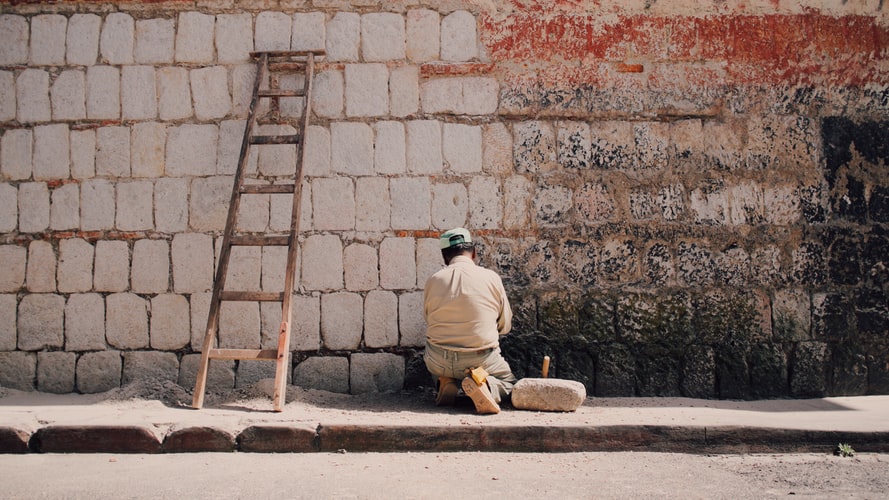
You can find ladders everywhere be it workplace or be it home, and why would you not? They make our life easier, help us access difficult to reach things located at height. Instead of using a chair, table or drum; using a ladder can be much more safer. This is because a ladder is an equipment designed to do such a jobs. So, using a ladder instead of any other makeshift arrangement is better and safer, right?
The answer cannot be always “Yes”, since there are different kinds of ladders and using the wrong one can even prove to be disastrous. Also ladders should be used only for sort term work and are suitable for light works only. Let us first understand the two major differentiation of ladders:
- Rigid ladders: e.g Stepladder, fixed ladders, folding ladders, retractable ladder, telescopic ladder etc.
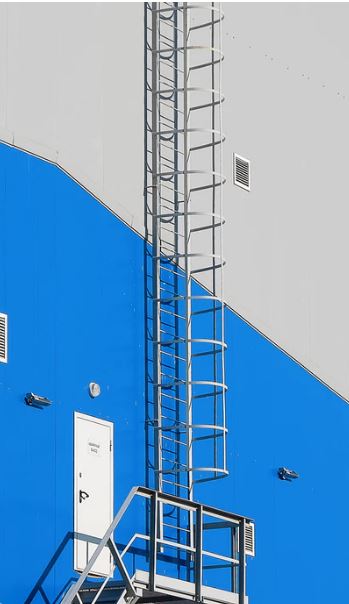
- Flexible ladders: e.g Rope ladders. ( The one’s that you see in Hollywood movies wherein the actor climbs up the helicopter)

Let us focus more on the Rigid ladders that are used widely in Industries. Ladders are always related to height. So using a ladder means work at height and a safety error in such tasks can lead to a fatal fall. Statistics say that maximum number of accidents in construction industry occur due to fall from height (this may not be attributed to use of ladders). The two commonly used Rigid ladders are Single pole and Step ladders. Following are the things to remember:
Single pole ladders
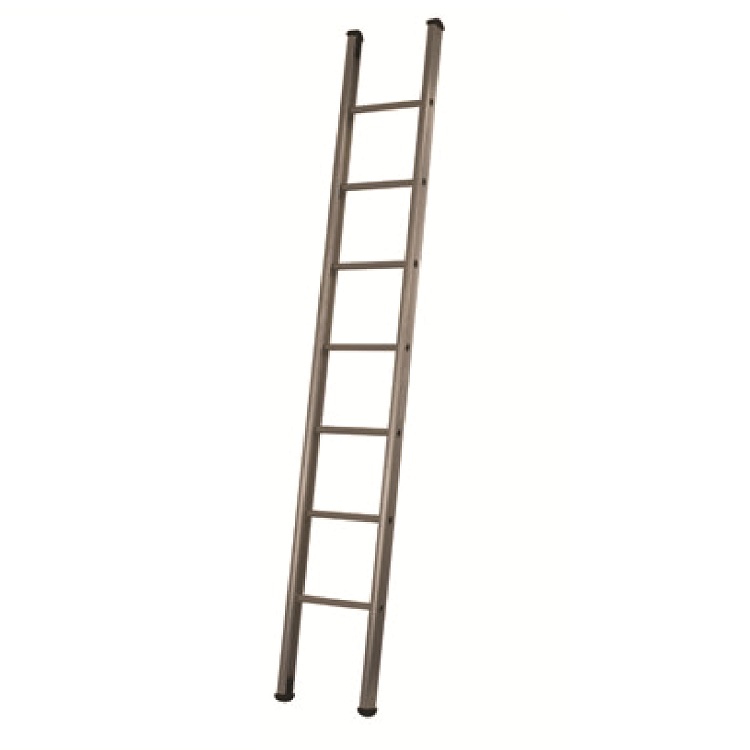
- Ladders should always be in good condition and examined regularly for presence of defects.
- They should be secured so they cannot slip, this is usually done by tying them at the top.
- The ladder needs to be angled to minimize the risk of slipping outwards and as a rule of thumb needs to be “One out for every four up”.
- Access ladders should extend about 1 meter above the working platform. This provides handhold for people to get on and off.
- Always maintain 3 point contact when using the ladder. Do not use the ladder unless you can hold on to it.
- They should be placed on a firm base.
Step Ladders
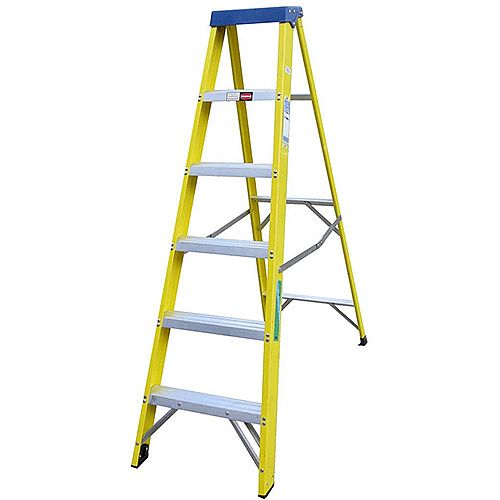
- Ensure they are long enough as required by the task.
- Open the legs fully out.
- Do not use the top platform of the step ladder unless it is designed with special handholds.
- Use them on a firm horizontal base.
Whenever ladders are used make sure:
- The work requires only one hand to be used.
- The job does not require stretching.
- A good handhold is available.
- The ladder can be fixed to prevent slipping.
Remember, longer the ladder more is the risk as it flexes more during its use. The risk adds further when the job using ladder involves constant movement of ladder as it may motivate unsafe behavior like stretching or asking a fellow employee to push the ladder. Also make sure that you do not carry heavy or bulky loads while moving on the ladder , use a gin wheel or other lifting equipment mounted separately.
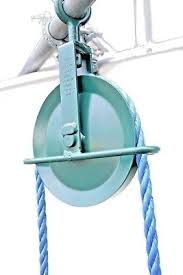
Gin Wheel
To ensure safety ladder needs to be strong enough as per the job requirement and in a good condition:
- Never use painted ladders as it may hide the cracks or other faults.
- Never use homemade ladders or makeshift ladders.
- Check damages to stiles and rungs.
- Never try to repair any ladder unless you are a professional.
- Secure the ladder to prevent it from moving sideways or sliding away from the wall
- Make sure the ladder rests on solid surface and not on something which is fragile like cement sheets or plastic gutters.
- If a ladder cannot be fixed, a second person should foot the ladder while being used.
There are many ladder safety systems available in the market which can also be used to ensure your worker safety. Make sure your employees/ contractors undergo ladder safety training program before they start using the ladders.
Always remember “A safe ladder ensures a safe job”
You can find links to some ladder safety presentations at below link:

